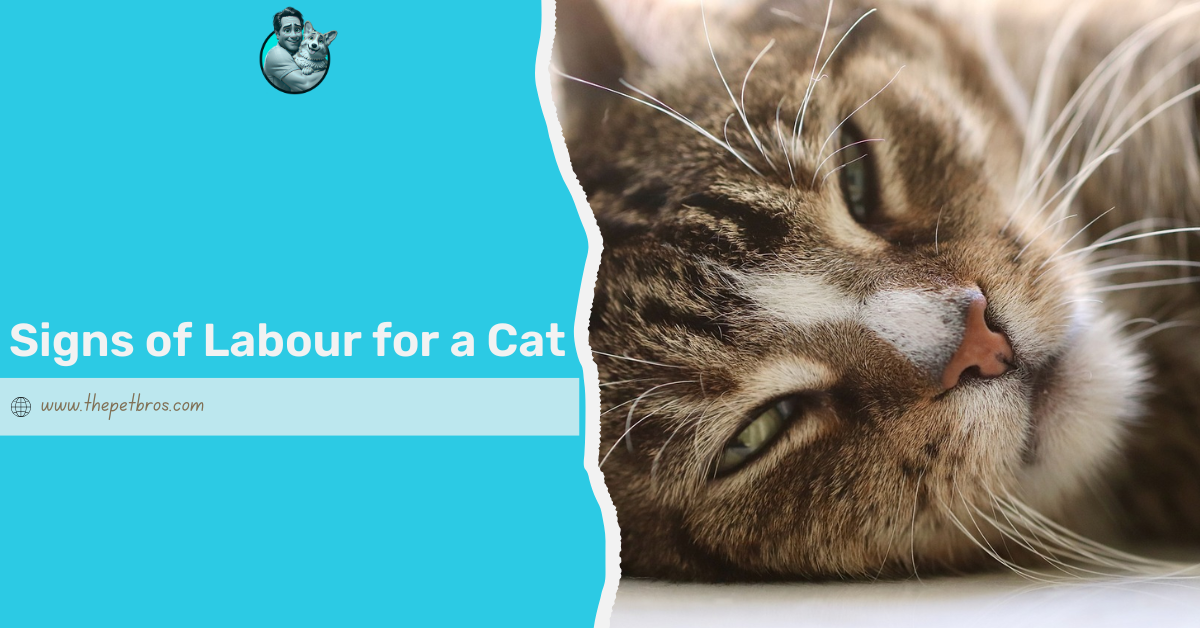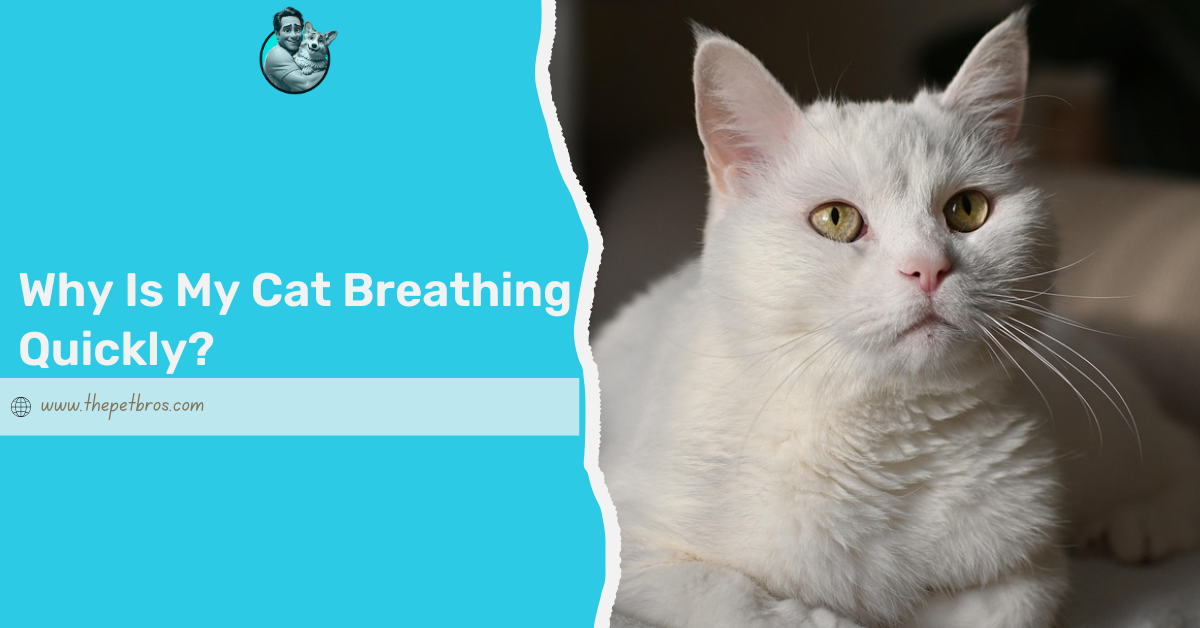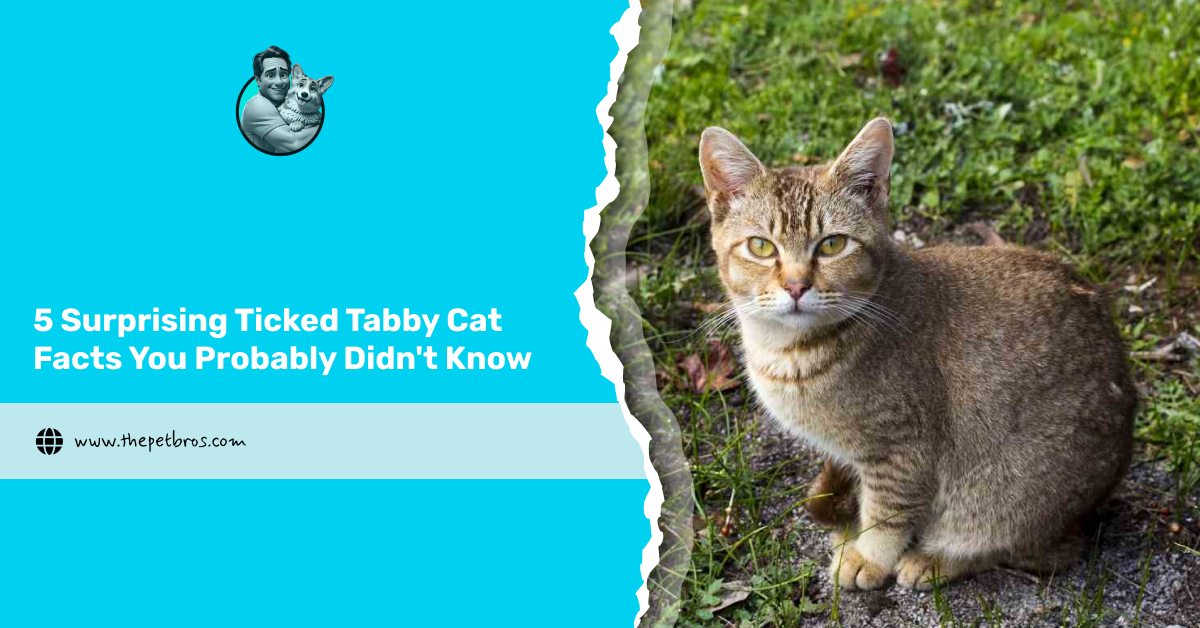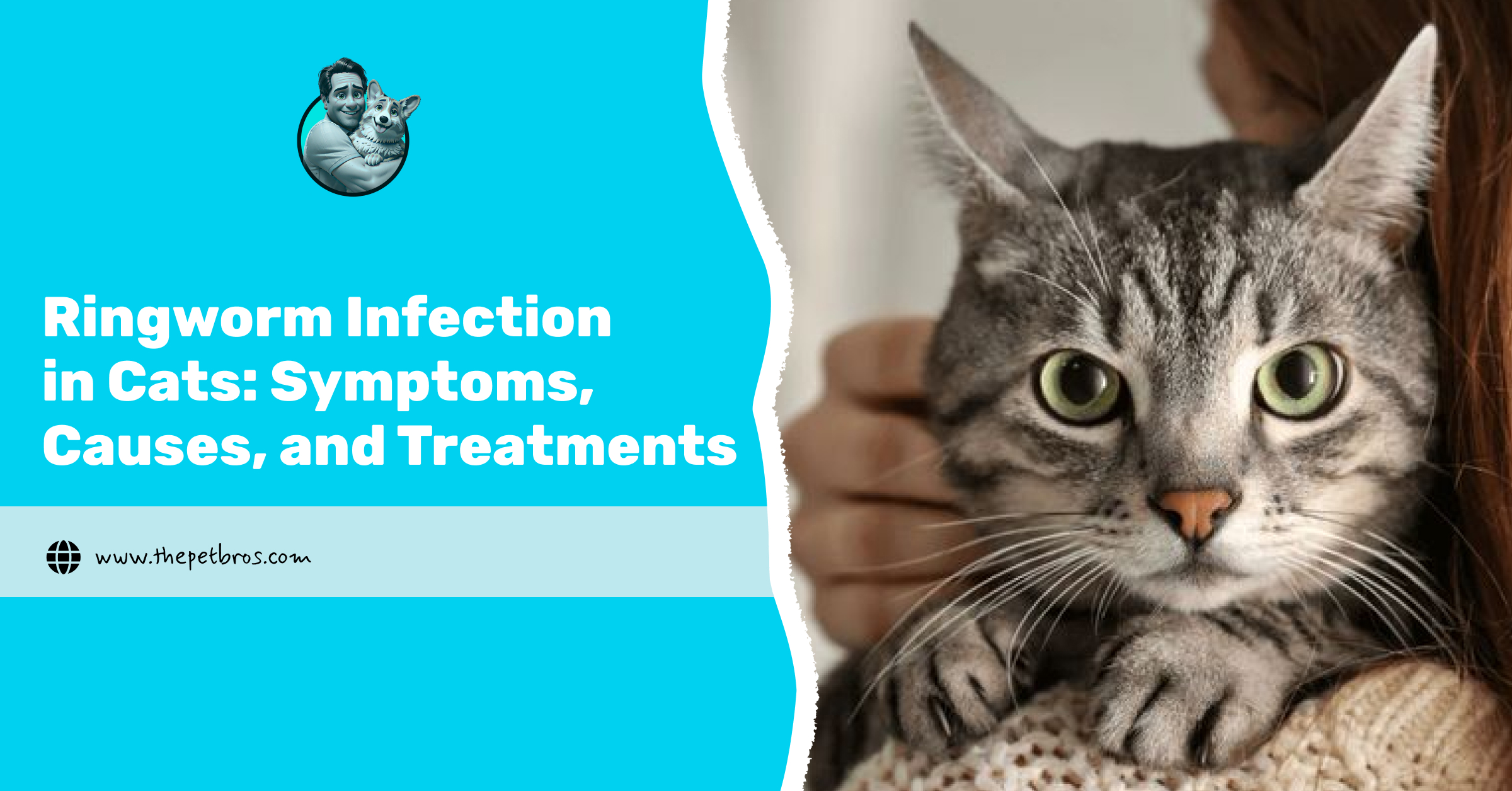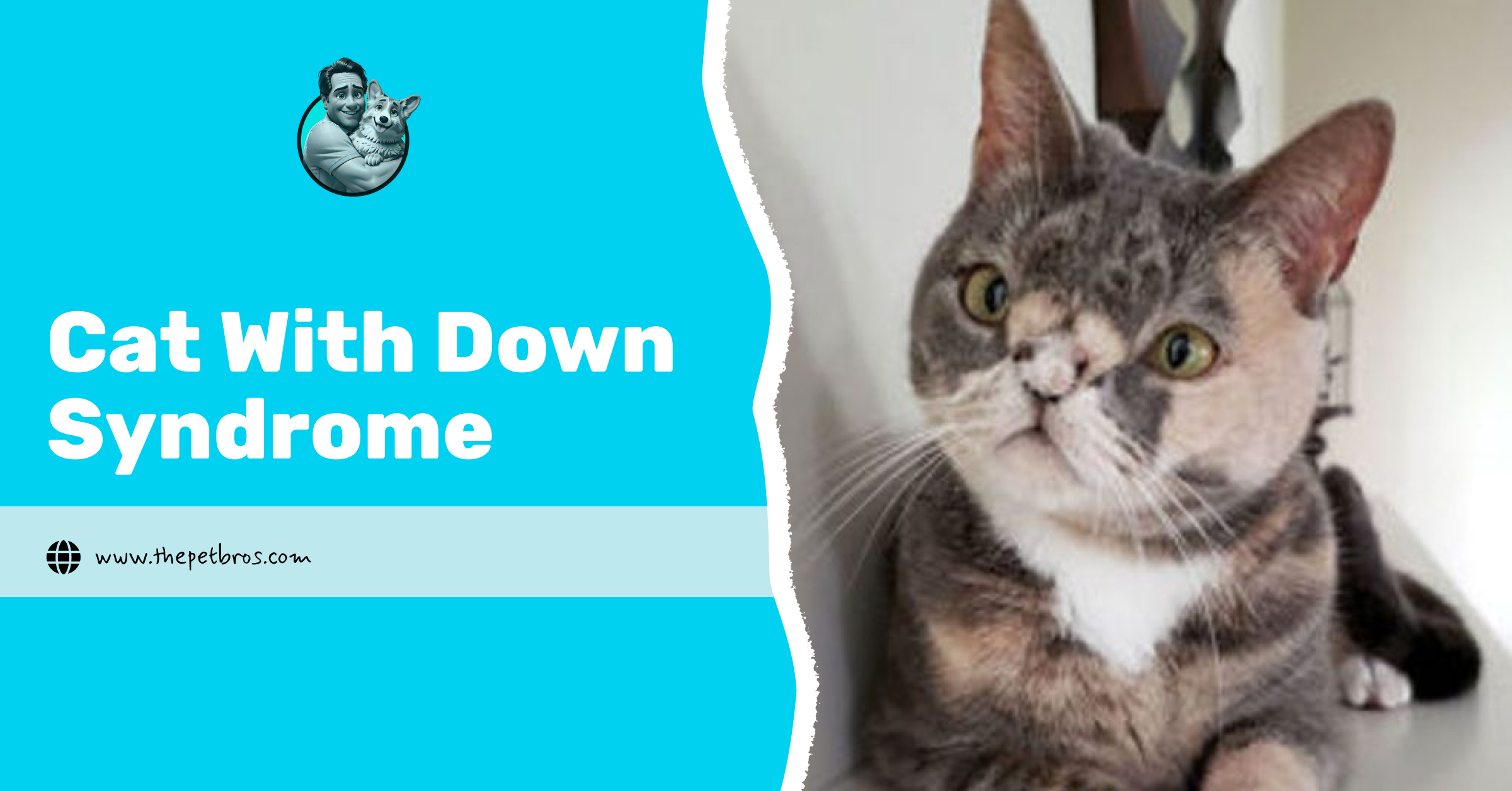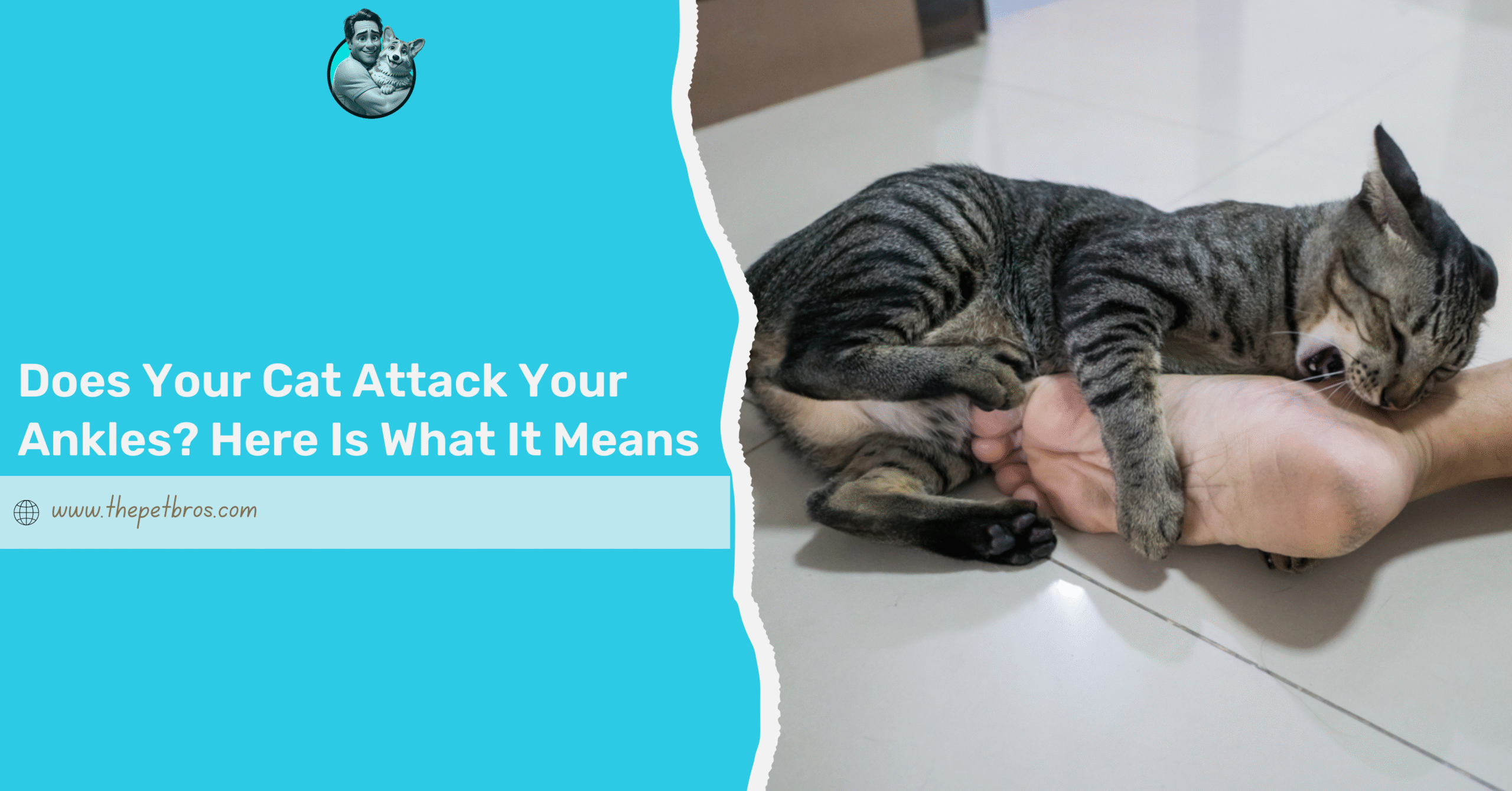More than anything, parents love to see their children also become parents, and cat-parents are no exception. They look forward to signs of labour for a cat, and who can blame them? Having one cat brings so much joy and companionship, plus enough drama to distract you from the harsh realities of life. Now imagine having a clowder of cute little cats.
So, your cat is expecting kittens, and you don’t have the faintest clue what to look out for? Don’t beat yourself; that’s really no big deal. Knowing when your cat is about to give birth is not always straightforward, especially if it’s your first time dealing with a pregnant pet. But don’t fret. Cats are surprisingly good at managing the whole process on their own.
Now, your job is to spot the clues, stay calm, and be ready to offer a bit of support if needed. And we’ve got you. We’ve put together seven telltale signs that your cat is on the brink of labour, so you don’t mess up your tiny assignment.
7 Signs of Labour for a Cat Every Cat-Parent Should Know
1. Nesting Behaviour
One of the very first signs your cat is getting ready to bring her kittens into the world is a change in her behaviour, especially when it comes to nesting. Cats are quite private creatures, particularly at a time as vulnerable as this. So you may notice your furry friend looking for somewhere sheltered and cosy where she feels safest.
She might start dragging soft items, like towels, pillows, or even a piece of your laundry, into a corner or a sheltered spot in your home. Some cat mums prefer a spot at the back of a cupboard, under the bed or in a dimly lit nook, away from all the activity. This is her way of making a comfortable refuge for her new family, a place where the kittens can be kept warm, sheltered, and well cared for.
Cats follow their instincts when choosing a spot for delivery, and you shouldn’t be alarmed by this at all. Instead, think of it as a wonderful sign that the big moment is drawing close. It’s a lovely reminder that nature does know what’s best for both mum and her little ones.
2. Loss of Appetite
Second on our list of signs of labour for a cat is a change in her appetite. You may notice that she suddenly shows less interest in her food, turning her nose up even at her favourite treats. This usually happens a day or two before labour starts and is completely normal as her body prepares for birth. The growing kittens may be putting pressure on her stomach, making it less comfortable for her to eat much, or it may be that her senses are turning inward, focusing all her energy on the big moment ahead.
Some cats will barely eat at all during this time, while others may simply be a bit pickier, choosing small bites instead of their usual meal. It’s a good idea to keep offering food and fresh water, just in case she fancies something, but there’s no need to be concerned if her appetite drops as long as she’s still drinking and resting. This is all a natural part of the process, and a clear sign that her delivery is just around the corner.
3. Restlessness and Pacing
If you notice your cat struggling to settle down or constantly changing her spot, it’s a clear sign that something’s underway. She might circle a few times, dig at her bedding, or lie down briefly, only to get up again and move somewhere else. This restlessness is completely normal and just shows that her body and her mind are preparing for the big moment.
It’s completely normal for your cat to become a bit unsettled or even seem unsure of what’s going on; after all, this is a big moment for her. You can help by making sure there’s a comfortable, warm spot for her to rest and by offering a bit of gentle company if she seems to want it. Just let her do whatever feels most natural to her, and soon you’ll be welcoming a brand new set of furry little faces into your home, a moment you’ll surely remember for years to come.
4. Increased Vocalisation
As your cat gets closer to delivery, you might notice that she’s a bit more vocal than usual. She may meow in a different tone, chirp quietly, or even let out a soft yowl from time to time. These little sounds are her way of letting you know that something’s going on and that she might appreciate a bit of extra kindness or reassurance.
It’s completely normal for her to be more vocal at this stage, and there’s no cause for alarm; it’s simply a reflection of her growing discomfort and nervousness as the big moment approaches. Some cats become quite chatty, while others may let out just the occasional meow. But in either case, it’s a sign that their body is preparing for the delivery. This is a vulnerable moment for her, and it’s a time when your understanding and patience can make a big difference.
You can ease her worries by staying nearby, giving her attention, offering gentle words or a comforting stroke, and making sure everything is calm and quiet in her space. Providing her with a warm, sheltered spot to rest, alongside plenty of freshwater.
5. Frequent Grooming of the Genital Area
You may notice your cat spending a lot more time licking her genital area as the big moment draws near. It might seem a bit strange or even unhygienic, but this is completely normal and a big part of her natural preparation for birth. She’s keeping everything clean and comfortable, helping ease any irritation or pressure as her body gets ready for delivery.
Some cats become quite intent on this spot, focusing much less on their fur elsewhere as their delivery approaches. This is a really good hint that the kittens are not far away, and it’s a sign that nature is quietly falling into place. All you need to do is make sure she feels supported and at ease in her space.
Offering her a warm, sheltered corner, a comfortable bed, and plenty of peace and quiet can make all the difference during this delicate time. Staying nearby and offering a few gentle words or a comforting stroke lets her know you’re there for her, without adding stress or disturbing her process.
6. Body Temperature Drop
One thing you might notice as your cat gets close to labour is a drop in her body temperature. This is one of the most important signs of labour for a cat, and it typically happens within a day of labour starting. To be clear, this is a completely normal yet crucial part of the process. There’s usually no need to check her temperature yourself unless you’re worried or there are other signs that something might be amiss.
While a drop in temperature might seem a bit alarming, it’s really just a sign that her body is getting ready for the big moment. Cats are remarkable creatures, following their own routines and signals as they prepare to bring their kittens into the world.
All you need to do is make sure she’s comfortable, warm, and well supported, and be there if she needs a bit of calm or a comforting word as the delivery draws near. This is a wonderful moment to share together, a chance to be there for her and celebrate the start of a new life.
7. Visible Contractions and Straining
One of the clearest signs that your cat is about to give birth is when you start to notice visible contractions and straining. Her belly may tighten, and you might see waves of movement as her body prepares to bring her kittens into the world. It’s completely normal for her to look a bit unsettled or even to appear as if she’s trying to use the toilet; this is all a natural part of delivery.
This is a moment that can feel a little nervous for you, especially if it’s your first time seeing a cat give birth. But there’s no need to panic. Cats know what to do, and their bodies are designed to manage this process gracefully. All you need to do is make sure she’s comfortable, that there’s a warm, sheltered spot for her, and that you’re close by if she needs a bit of support or a comforting word.
Sometimes you may see the first appearance of the amniotic sac, a clear bubble that signals the first kitten is on its way. This is a wonderful moment, the start of new life, a time filled with awe and happiness. Take a deep breath, be there for your cat, and watch nature work its magic.
Conclusion
Watching your cat bring new life into the world is a moment you’ll remember for years to come. It’s a wonderful blend of magic, nature, and pure maternal instinct. And while your cat largely handles everything herself, your role is to make sure she feels supported, comfortable, and safe during this delicate process. Above all, enjoy this moment, these furry little creatures grow up much faster than you think, and there’s something so special about seeing them come into the world.
Frequently Asked Questions
What is the first stage of labour for a cat?
Restlessness, nesting, and reduced appetite typically signal the start of a cat’s first stage of labour.
How do cats behave before going into labour?
Cats may become unsettled, vocal, lick frequently, or search for a sheltered spot to give birth.
What happens a week before my cat gives birth?
Your cat might rest more, lose her appetite, and start preparing a comfortable nesting area.
When should I call the vet during my cat’s labour?
Seek veterinary help if your cat strains for over an hour without delivering or shows distress.
How can I tell when my cat is close to giving birth?
Watch for restlessness, vocalisation, frequent licking, a drop in temperature, and contractions.






